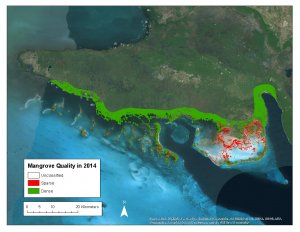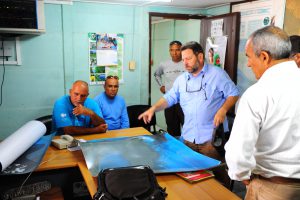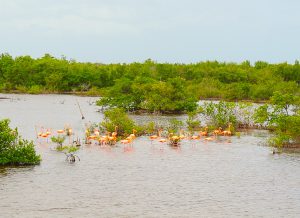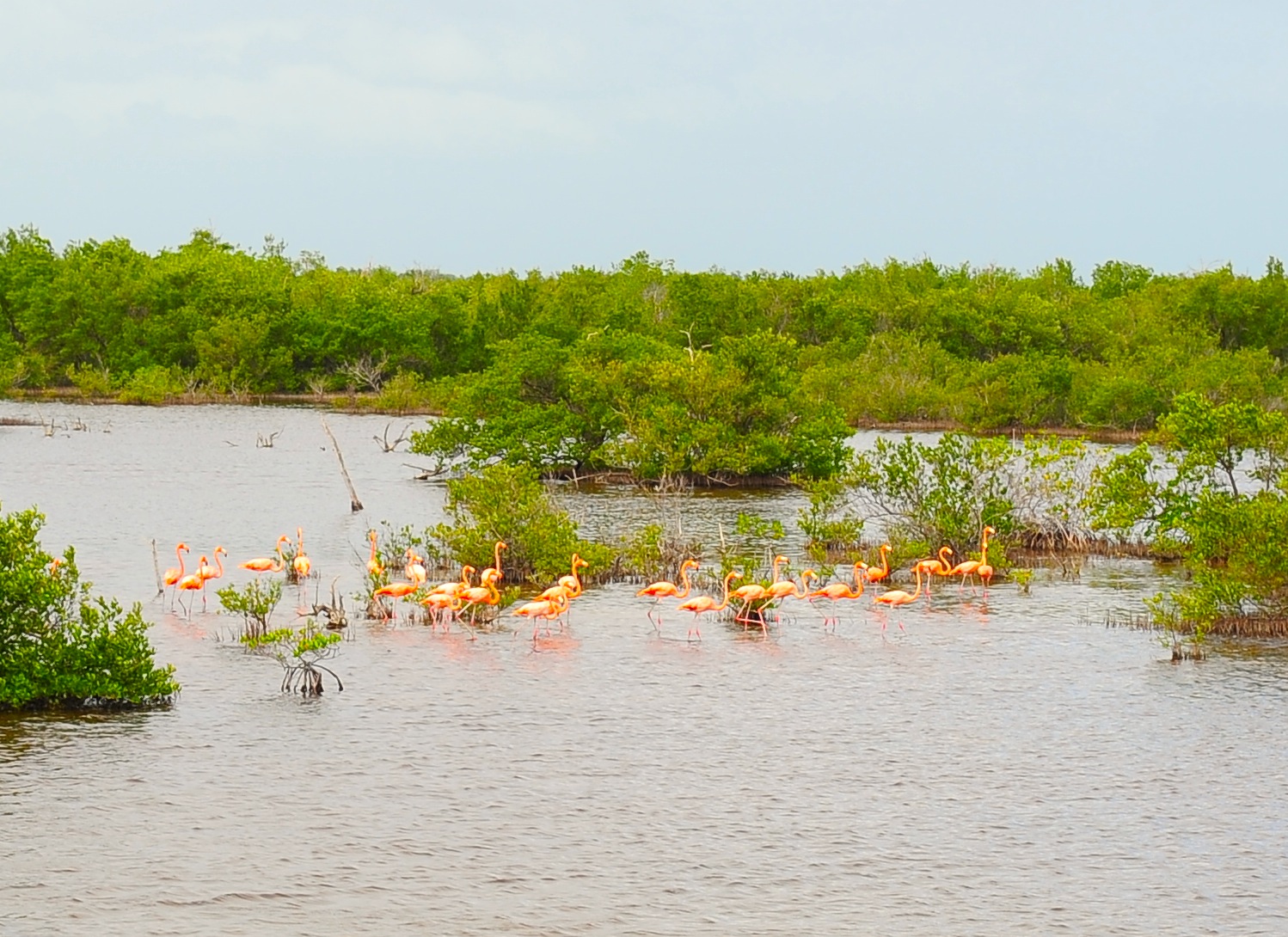
TUSCALOOSA, Ala. — With the 1960 trade embargo on Cuba expected to be weakened if not lifted – President Barack Obama called for the embargo’s end at his final State of the Union address – the large Caribbean island is preparing for an influx of American tourists.
There’s little doubt that a surge of U.S. tourists would benefit the island economically, but there is some concern about the potential impact that an inpouring of people would have on the island’s ecosystems.
In October 2015, Dr. Michael Steinberg, a University of Alabama associate professor in New College and geography, visited the island as part of the College of Arts and Sciences Cuba Initiative. Steinberg approached a Cuban Park official, whom he had met two years earlier at a scientific conference, and suggested they partner to examine and map the coastal habitat of two of Cuba’s national parks — Parque Nacional Ciénaga de Zapata and Jardines de la Reina Marine Park.
Steinberg had completed similar work in Belize and Florida’s Everglades National Park, and he wanted to conduct a similar study in Cuba using satellite images of the two parks from the past 20 years to determine the extent and health of coastal mangrove forests.
Mangroves are coastal trees that are found on the fringes – between land and water – of most tropical coastlines. They can survive a high level of salt water and their stilt-like tangle of roots provide natural habitat for many species of aquatic fish, crabs and shrimp. They also serve as winter homes for migratory birds and stabilize the coast from waves, tides and storm surges. Without them, coastal erosion often occurs.
“Mangroves are a critical building block of a coastal ecosystem, both from a structural and ecological standpoint,”Steinberg said. “Remove the mangroves, and environmental degradation on various levels often ensues.”

Steinberg is working with Cuba’s Ministry of Fisheries, the National Park Association in Cuba and geographer Reynaldo Estrada from the Nunez Foundation, making the study the first truly cooperative conservation-mapping project between Cuba and the U.S. since the embargo. At the end of the project, all maps and data will be shared with Cuban park and conservation officials so that their information can be incorporated into future park management plans.
Steinberg has been to Cuba twice since he and geography graduate student Jordan Cissell started working on the project. The first time was in October 2015. His second trip took place in March in 2016. He hopes to take a third trip next fall.
His research is being funded by UA’s College of Arts & Sciences.
“These national parks will likely be two of the most important destination for sports fishing in Cuba,” Steinberg said. “They already draw some anglers, many from Europe, but as the embargo is lifted, there will be many more sports fishers from the U.S. who will come and fish here. Healthy populations of tarpon, permit and bonefish will draw growing numbers of anglers to the parks.
“It’s important to understand what the mangrove forest cover looks like now before tourists flood into this area because there will, no doubt, be more development and more impact on these coastal areas. Future changes can then be measured and better understood based on our work.”

Steinberg said that understanding the past and present spatial dynamics of mangrove forest cover will also provide important baseline habitat information regarding the management of species such as the endangered Cuban crocodile, American flamingo and the Antillean manatee. To this end, they’re also creating a map that identifies and delineates the range of various rare species that inhabit the parks.
“We’re using publicly available satellite imagery called Landsat to measure forest cover changes over the past 20 years,” said Cissell, who is using the project as his thesis for his master’s in geography. “We’ll look for deforestation and ask ‘are there no longer trees in an area that used to have mangroves? Dr. Estrada, from the Nunez Foundation, has also shared with us recently taken, high-resolution images of the parks that provide a great deal of detail.”
Steinberg said their hypothesis is to see more mangrove forests today than in the past as shortly after the Cuban Revolution the mangrove forests of Cuba became protected in national parks. But, there have been some recent developments with the forests in the Garden of the Queens area that are threatening to cut down mangrove numbers.
“There have been reports of some mangrove die-offs in isolated areas of the Garden of the Queens, so we will examine and map that issue as well,” he said.
Steinberg said the research should be complete by May 2017.
UA’s New College and geography department are part of the College of Arts and Sciences, the University’s largest division and the largest liberal arts college in the state. Students from the College have won numerous national awards including Rhodes and Goldwater scholarships.
Contact
Jamon Smith, UA media relations, jamon.smith@ua.edu, 205/348-4956
Source
Dr. Michael Steinberg, mksteinberg@as.ua.edu, 205/348-0349
